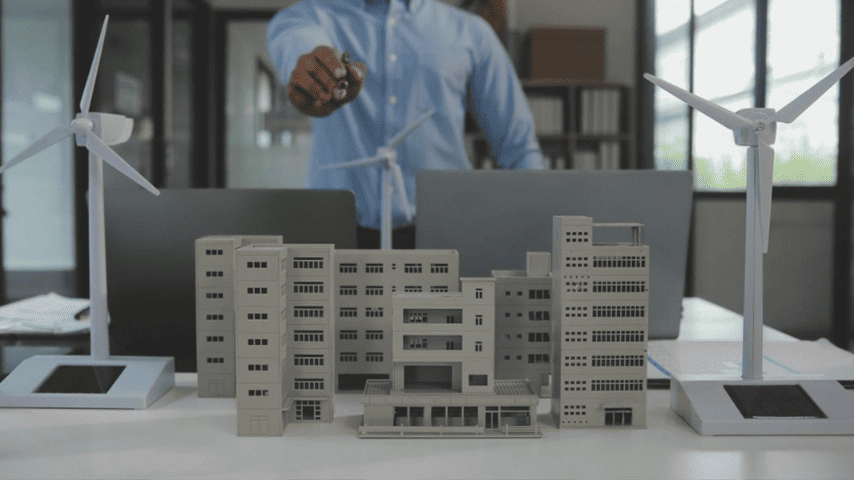Turning Oral History into Visuals in Dubai Model Making

Dubai’s rapid transformation has made it vital to preserve memories of its past. One of the most powerful tools in this effort is oral history. Stories passed down through generations provide valuable insight into daily life, traditions, and environments that no longer exist.
Historic model making Dubai studios have developed ways to turn these verbal accounts into detailed physical representations. These models act as bridges between spoken memory and visual experience. They help translate intangible culture into tangible, educational, and emotional visuals.
Understanding the Value of Oral History
Oral history involves firsthand accounts told by elders, community members, or those who lived through a specific time. These stories often describe events, traditions, architecture, tools, clothing, and social practices not found in written records. In the UAE, especially among Bedouin and seafaring communities, oral tradition has been a key method of cultural transmission.
Model makers in Dubai rely on these spoken sources to fill gaps left by lost buildings, faded photographs, or incomplete documentation. They use the human element of memory to guide the design, form, and emotion of their miniature scenes.
Initial Collection of Oral Narratives
The process begins with interviews. Studio teams visit local elders, pearl divers, traders, and craftspeople to collect memories of old homes, markets, boats, and daily activities. These interviews are often recorded, translated, and transcribed. Stories include descriptions of floor layouts, roof textures, community events, and seasonal practices.
Oral accounts are rich in detail. A speaker may describe how a majlis was arranged, what scent burned in an incense holder, or how the walls felt in summer heat. These sensory and spatial details provide direction for model making.
From Story to Sketch
Once oral data is collected, model makers begin drafting visual concepts. Artists sketch scenes based on the narratives. These might include a pearl diver returning to camp, a woman preparing dates for storage, or a merchant arranging spices in a souk. The goal is not just to build structures but to capture moments from real lives.
Sketches are shared with community members for feedback. This step helps confirm whether the interpretation aligns with the storyteller’s memory. Any corrections or additions are made before model building begins.
Material Selection Based on Memory
Oral accounts often mention materials used in the past. For instance, elders might recall using palm fronds for roofing, coral stone for walls, or woven mats for floors. Dubai studios take these descriptions seriously. They choose materials for their models that mimic those used historically.
If a speaker says a door had a specific carved pattern or a window had colored glass, artisans will recreate those features using wood, paint, or even 3D printed parts. These tiny details add authenticity and emotional depth to the finished work.
Creating Emotion Through Miniature Scenes
Historic model making Dubai is not only about accuracy. It is about feeling. Oral stories often express emotion—nostalgia, pride, or sorrow. Studios aim to reflect those emotions through scene composition.
A model might show a family gathering around a clay oven, or children playing under a date palm. These scenes are inspired directly by memories. Facial expressions, posture, and movement are shaped in clay or resin to mirror the feelings shared in the interview.
The result is not just a building or a street. It is a living moment frozen in miniature form.
Including Personal Objects and Tools
Many oral histories mention tools, objects, or clothing items that played a role in daily life. These include pearl diving gear, incense burners, lanterns, cooking pots, or musical instruments. Studios include these objects in the models to give them greater context.
If a storyteller mentions a specific type of boat or a handmade basket, artisans research its shape and function. Then they create a scaled version to place within the scene. This gives viewers a better understanding of lifestyle and culture.
Bringing Spaces to Life
Oral stories also guide how spaces are arranged. A speaker might remember how a majlis faced the wind or how food was stored in clay pots against a shaded wall. These spatial memories are used to build realistic room layouts and outdoor areas.
For example, if someone recalls sleeping on rooftops during summer, a model might include a sleeping mat and lantern placed near a low wall. These simple but meaningful details transform the model into a lived-in space.
Interactive Models Based on Narratives
Some Dubai studios combine model making with technology. They use oral recordings as part of interactive exhibits. A model of a village may have buttons that play voice clips of elders explaining what life was like in that area.
This adds a voice to the visual, allowing the audience to hear the memory as they see it. It enhances understanding and creates a deeper connection to the heritage.
Challenges of Using Oral History
Working with oral history has challenges. Memory can be subjective. Two people may recall the same place differently. Descriptions may be vague or poetic rather than technical. To manage this, studios often cross-reference stories with old photos, documents, and expert advice.
Still, oral history adds richness that no drawing or photo can offer. It provides mood, purpose, and human context.
Conclusion
In Dubai, historic model making studios are doing more than building replicas. They are translating voices into visuals. Through careful listening, thoughtful interpretation, and skilled craftsmanship, oral history becomes something that can be seen, touched, and shared. These models are not just displays.
They are cultural memories given form. They help preserve the voices of the past and ensure that the wisdom of earlier generations continues to inspire and educate future ones.
- Art
- Causes
- Crafts
- Dance
- Drinks
- Film
- Fitness
- Food
- Games
- Gardening
- Health
- Home
- Literature
- Music
- Networking
- Other
- Party
- Religion
- Shopping
- Sports
- Theater
- Wellness




